India is the most successful team in Asia Cup history, lifting the trophy 8 times since the tournament began in 1984. Over the years, the Asia Cup has evolved from a simple ODI event into a dynamic competition that alternates between ODI and T20 formats.
The 2025 edition, officially known as the ACC Men’s T20I Asia Cup 2025, is scheduled to be played in the United Arab Emirates (UAE) from September 9 to September 28, 2025. This year’s tournament will be held in the T20I format, serving as preparation for the 2026 T20 World Cup.
Featuring cricketing giants like India, Pakistan, and Sri Lanka, every edition of the Asia Cup has been defined by fierce rivalries, political backdrops, and memorable performances. In this blog, we provide a year-wise winners list (1984–2025) along with country-wise stats, format shifts, women’s tournament highlights, and winning captains — all in one detailed summary.
Asia Cup Overview
Since 1984, the Asia Cup has been a tournament of prestige in the continent, and has seen some unusual changes in the rules and format too.
| Attribute | Details |
|---|---|
| First Edition | 1984, UAE |
| Organizer | Asian Cricket Council (ACC) |
| Format | ODI & T20 (alternating based on the ICC calendar) |
| Teams | 6–8 (including qualifiers and associates) |
| Frequency | Every 2 years (typically) |
The Asia Cup has evolved significantly since its Dubai inception, with the Asian Cricket Council maintaining tournament standards while adapting formats to align with ICC World Cup cycles.
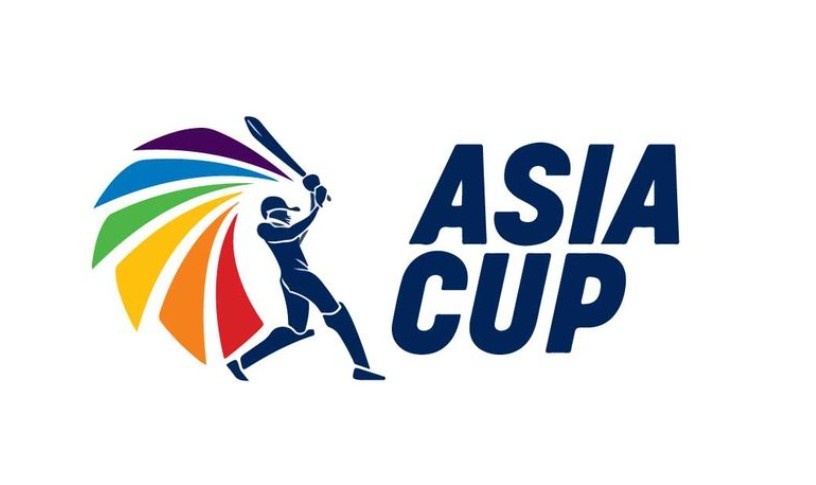
The tournament traditionally features six to eight teams, including regional powerhouses and emerging nations.
This creates a competitive platform that has produced some of cricket’s most memorable moments and launched numerous international careers.
Asia Cup Winners List (1984–2025) – Year-Wise Table With Full Dates
This comprehensive timeline reveals India’s dominance with consistent final appearances, while Sri Lanka’s six titles demonstrate their tournament expertise across different eras.
| Year | Winner | Runner-Up | Host | Format |
|---|---|---|---|---|
| 1984 | India | Sri Lanka | UAE (Sharjah) | ODI |
| 1986 | Sri Lanka | Pakistan | Sri Lanka | ODI |
| 1988 | India | Sri Lanka | Bangladesh | ODI |
| 1990 | India | Sri Lanka | India | ODI |
| 1995 | India | Sri Lanka | UAE | ODI |
| 1997 | Sri Lanka | India | Sri Lanka | ODI |
| 2000 | Pakistan | Sri Lanka | Bangladesh | ODI |
| 2004 | Sri Lanka | India | Sri Lanka | ODI |
| 2008 | Sri Lanka | India | Pakistan | ODI |
| 2010 | India | Sri Lanka | Sri Lanka | ODI |
| 2012 | Pakistan | Bangladesh | Bangladesh | ODI |
| 2014 | Sri Lanka | Pakistan | Bangladesh | ODI |
| 2016 | India | Bangladesh | Bangladesh | T20I |
| 2018 | India | Bangladesh | UAE | ODI |
| 2022 | Sri Lanka | Pakistan | UAE | T20I |
| 2023 | India | Sri Lanka | Pakistan/SL | ODI |
Asia Cup Key Statistics and Records
From record-breaking run scorers to game-changing performances, the Asia Cup has seen cricketing legends etch their names into history.
Most Runs in the Asia Cup
1. ST Jayasuriya (SL) – 1990-2008
Sanath Jayasuriya accumulated 1,220 runs across 25 Asia Cup matches with an impressive strike rate of 102.52. He scored six centuries and three half-centuries, with a highest score of 130.
His aggressive batting style didn’t just yield runs; it transformed the tournament itself, setting the template for modern limited-overs cricket with fearless stroke play and front-foot dominance.
2. KC Sangakkara (SL) – 2004-2014
Kumar Sangakkara gathered 1,075 runs in 24 Asia Cup matches at a solid average of 48.86. He registered four centuries and eight half-centuries, with a top score of 121.
His technical brilliance and unwavering consistency made him a cornerstone of Sri Lankan cricket during its golden era, anchoring the batting lineup with elegance and composure.
3. SR Tendulkar (IND) – 1990-2012
Sachin Tendulkar compiled 971 runs across 23 Asia Cup matches at an impressive average of 51.10. He scored two centuries and seven half-centuries, including a memorable 114.
His longevity and consistent match-winning performances over two decades epitomised India’s dominance and success in the tournament.
Most Wickets in Asia Cup History
1. M Muralidaran (SL) – 1995-2010
Muttiah Muralidaran claimed 30 wickets across 24 Asia Cup matches, with best figures of 5 for 31. He maintained an excellent bowling average of 28.83 and an economy rate of just 3.75.
His mystery spin and ability to deliver in high-pressure moments made him Sri Lanka’s most potent weapon across multiple Asia Cup campaigns.
2. SL Malinga (SL) – 2004-2018
Lasith Malinga secured 29 wickets in just 14 Asia Cup matches, with best bowling figures of 5 for 34. He maintained an impressive strike rate of 26.51, even with a slightly higher economy rate of 4.65.
Known for his lethal yorkers and death bowling expertise, Malinga played a decisive role in steering Sri Lanka to key tournament victories.
3. BAW Mendis (SL) – 2008-2014
Ajantha Mendis captured 26 wickets in just 8 Asia Cup matches, including sensational figures of 6 for 13. He boasted the best average of 10.42 and a remarkable strike rate of 15.69 among the tournament’s leading wicket-takers.
His mystery spin wreaked havoc during Sri Lanka’s triumphant 2008 campaign, leaving opposition batsmen completely bamboozled.
Most Ducks in the Asia Cup
1. Rubel Hossain (BAN) – 2014-2018
Rubel Hossain registered three ducks across eight Asia Cup matches, contributing just 21 runs with a highest score of 17. While his batting struggles were evident, his bowling performances overshadowed these difficulties.
Despite the challenges with the bat, he remained a vital pace bowling option for Bangladesh during their emerging years.
2. Salman Butt (PAK) – 2008-2010
Salman Butt accumulated three ducks in seven Asia Cup matches, despite scoring 201 runs with a top score of 74. His inconsistent performances mirrored Pakistan’s unpredictable form during that period.
Unfortunately, his later achievements were overshadowed by his involvement in spot-fixing scandals.
3. Aminul Islam (BAN) – 1988-2000
Aminul Islam collected three ducks over 14 Asia Cup matches while scoring 238 runs, with a highest score of 47. His batting struggles reflected Bangladesh’s developmental phase before they achieved Test status.
He represented Bangladesh during their early Asia Cup appearances, a time when the team was still finding its footing in international cricket.
Highest Totals For Asia Cup
1. Pakistan – 385/7 vs Bangladesh (2010)
Pakistan achieved their highest Asia Cup total at Dambulla, scoring at an impressive run rate of 7.70. This innings showcased their explosive batting potential and ability to post mammoth totals in favourable conditions.
The match also highlighted the apparent gap between established cricketing powerhouses and emerging teams during that period.
2. India – 374/4 vs Hong Kong (2008)
India scored their highest Asia Cup total at Karachi, maintaining a strong run rate of 7.48. This performance displayed India’s batting depth and consistency, exemplifying their dominance over associate nations in the tournament.
The total reflected India’s balanced and adaptable batting approach across various playing conditions.
3. Sri Lanka – 357/9 vs Bangladesh (2008)
Sri Lanka posted their highest Asia Cup total at Lahore, scoring at a run rate of 7.14. This innings underlined their aggressive batting philosophy and showcased their ability to maximise powerplays effectively.
The score also demonstrated Sri Lanka’s tactical acumen in adapting to different pitch conditions.
Asia Cup Titles – Country-Wise Breakdown
This breakdown highlights the dominance and competitive history of Asia Cup cricket across the participating nations.
| Country | Titles Won | Runner-Up | Years Won |
|---|---|---|---|
| India | 8 | 3 | 1984, 1988, 1990, 1995, 2010, 2016, 2018, 2023 |
| Sri Lanka | 6 | 6 | 1986, 1997, 2004, 2008, 2014, 2022 |
| Pakistan | 2 | 3 | 2000, 2012 |
| Bangladesh | 0 | 3 | – |
| Afghanistan | 0 | 0 | – |
| Others | 0 | 0 | – |
India’s overwhelming dominance with 8 titles reflects their consistent team strength and tactical superiority across different formats and generations.
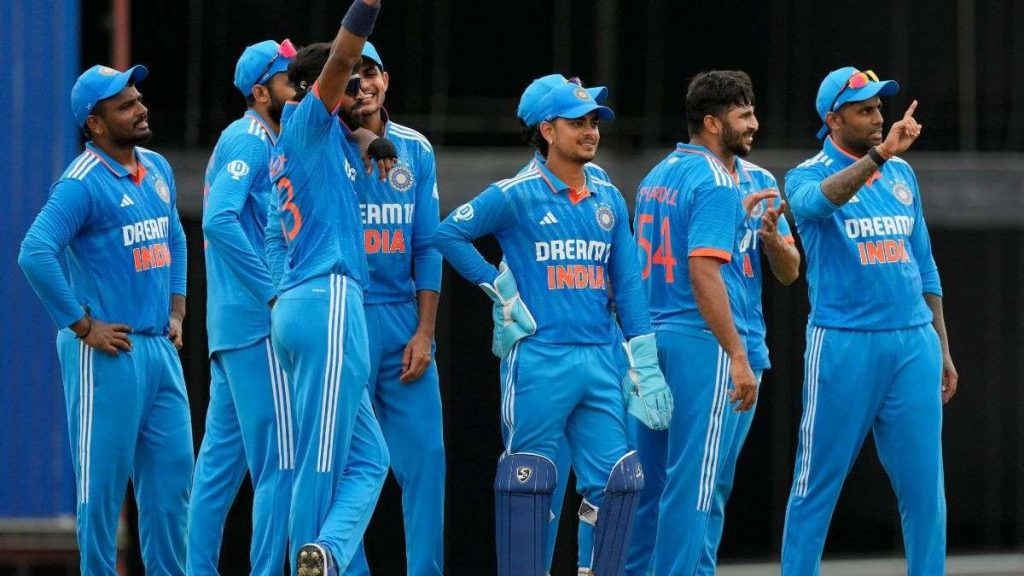
Sri Lanka’s 6 victories demonstrate their tournament expertise and ability to peak during crucial moments.
Pakistan’s 2 titles, despite their unpredictable nature, showcase their capability to produce match-winning performances.
Bangladesh’s 3 runner-up finishes highlight their steady improvement and competitive spirit without crossing the final hurdle.
Memorable Individual Asia Cup Performances
These unforgettable individual performances have left a lasting mark on Asia Cup history, showcasing moments of brilliance that defined the tournament’s legacy.
1. Virat Kohli’s 183 Against Pakistan In 2012
This iconic innings remains the highest individual score in Asia Cup history. Chasing a target of 330, Kohli delivered a masterclass in run-chasing, dismantling a formidable Pakistani bowling attack with precision and aggression.
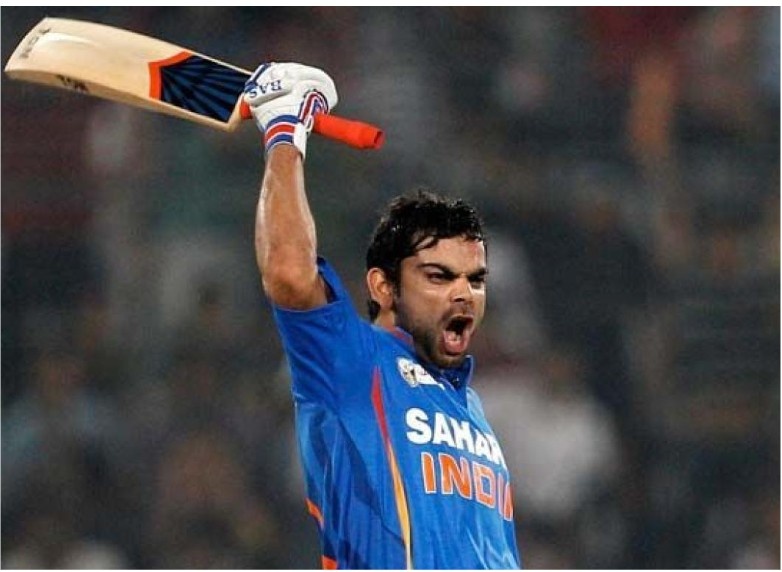
His knock included 22 fours and a six, underlining his ability to anchor the innings while maintaining a high strike rate.
It not only led India to a memorable six-wicket victory but also cemented Kohli’s reputation as one of the best chasers in modern-day cricket.
2. Ajantha Mendis’ 6/13 Against India In 2008
Ajantha Mendis’ 6 for 13 against India in 2008 stands as the best bowling performance in Asia Cup history.
His mystery spin baffled top batsmen, showcasing exceptional skill and turning the match decisively in Sri Lanka’s favour.
3. Shahid Afridi’s last-over Sixes Against India In 2014
In a high-pressure encounter during the 2014 Asia Cup, Shahid Afridi showcased his trademark power-hitting by smashing two consecutive sixes in the final over, securing a thrilling one-wicket win for Pakistan.
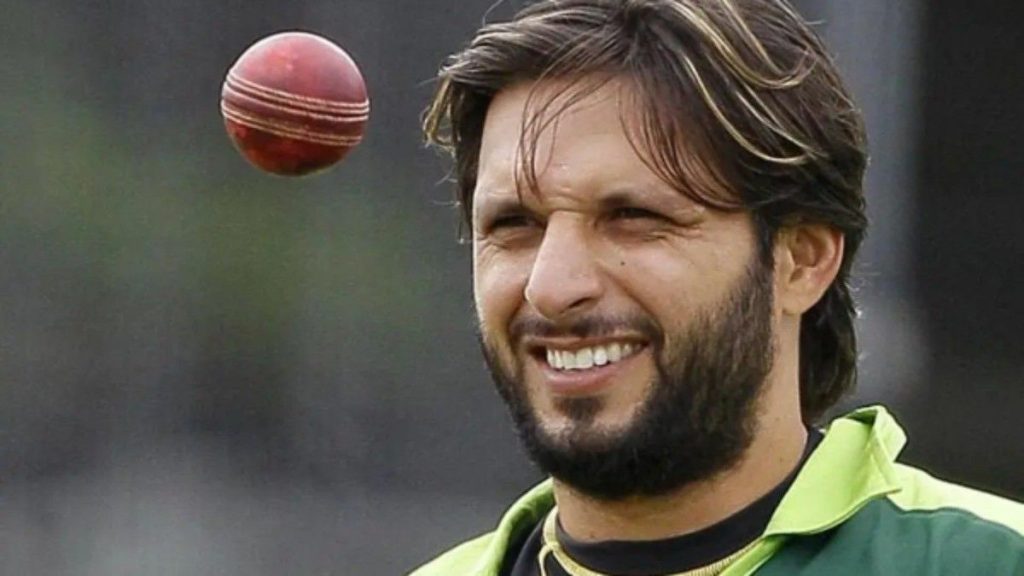
With just 10 runs needed off the last over and only one wicket in hand, Afridi kept his composure and turned the match on its head.
This dramatic finish not only highlighted his ability to deliver under pressure but also embodied Pakistan’s fighting spirit and unpredictable flair on the big stage.
Memorable Asia Cup Matches
These unforgettable matches have defined the Asia Cup’s drama and intensity, showcasing thrilling moments that have captivated fans and shaped the tournament’s rich history.
- India vs Pakistan, 2014: A nail-biting encounter where Shahid Afridi’s last-over heroics led Pakistan to a famous victory, demonstrating how individual brilliance can change match dynamics in pressure situations.
- Bangladesh vs Pakistan, 2012 Final: Bangladesh’s spirited performance fell just short, but it marked their arrival as a competitive force in Asian cricket, proving their capability to challenge established powerhouses.
- India vs Sri Lanka, 2008 Final: A low-scoring thriller where Sri Lanka’s bowlers, led by Ajantha Mendis, bamboozled the strong Indian batting line-up, showcasing how tactical bowling can overcome superior batting resources.
Women’s Asia Cup Winners & Runners List (2004–2024)
This list shows how women’s cricket in Asia has changed from 2004 to 2024. It highlights the tough competition and changing strengths of top teams in ODI and T20 formats.
| Year | Format | Winner | Won By | Runner-Up | Venue |
|---|---|---|---|---|---|
| 2024 | T20I | Sri Lanka | 8 Wickets | India | Dambulla |
| 2022 | T20I | India | 8 Wickets | Sri Lanka | Sylhet |
| 2018 | T20I | Bangladesh | 3 Wickets | India | Kuala Lumpur |
| 2016 | T20I | India | 17 Runs | Pakistan | Bangkok |
| 2012 | T20I | India | 18 Runs | Pakistan | Guangzhou |
| 2008 | ODI | India | 177 Runs | Sri Lanka | Kurunegala |
| 2006 | ODI | India | 8 Wickets | Sri Lanka | Jaipur |
| 2005–06 | ODI | India | 97 Runs | Sri Lanka | Karachi |
| 2004 | ODI | India | Tournament 5–0 | Sri Lanka | Colombo |
India’s women’s team has dominated the Asia Cup with 7 titles from 9 editions, establishing itself as the premier force in Asian women’s cricket.
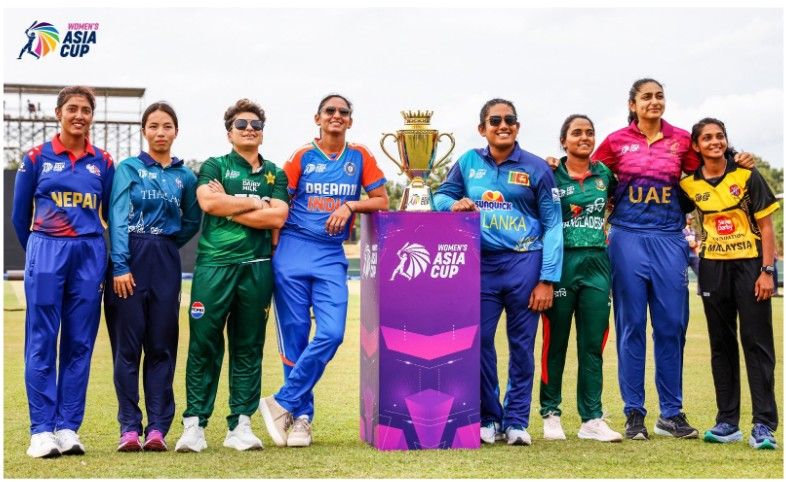
Sri Lanka’s recent 2024 triumph and consistent final appearances demonstrate their growing strength, while Bangladesh’s 2018 victory marked a breakthrough moment for emerging nations in women’s cricket development.
Asia Cup 2025 – What’s Expected?
The upcoming Asia Cup 2025 promises exciting cricket, with Pakistan or the UAE likely hosting, depending on political considerations.

The T20I format aligns with the 2026 T20 World Cup preparations, featuring emerging stars like Haris Rauf, Tilak Varma, and Ibrahim Zadran alongside established players, creating compelling storylines for Asian cricket enthusiasts.
Asia Cup 2025 Groups & Format
The tournament features 8 teams in 2 groups of 4, following a round-robin format.
| Group A | Group B |
|---|---|
| India | Afghanistan |
| Pakistan | Bangladesh |
| UAE | Sri Lanka |
| Oman | Hong Kong |
The Asia Cup 2025 will feature 8 teams divided into two groups, with each team playing in a round-robin format.
Top teams from each group will advance to the next stage, setting the stage for intense regional rivalries and exciting cricket action.
Related Read:
Conclusion: Asia Cup 2025 Set to Begin Soon!
Spanning more than four decades, the Asia Cup has mirrored the evolution of subcontinental cricket, showcasing team dominance, rising stars, and unforgettable rivalries. India remains the most successful side with 8 titles, followed by Sri Lanka, while Pakistan continues to be a strong contender. The alternating ODI and T20 formats have kept the tournament fresh and competitive.
From legends like Gavaskar and Jayasuriya to modern leaders like Rohit Sharma and Dasun Shanaka, the Asia Cup has produced countless iconic moments. The last trophy lift came in 2023, when India sealed a 10-wicket win in the final, adding to their unmatched record.
Now, with the ACC Men’s T20I Asia Cup 2025 set to begin in the UAE from September 9, fans eagerly await the next chapter in this legacy tournament, a stage where history is written, rivalries renewed, and future champions made.
FAQs
India has won the Asia Cup a record 8 times as of 2023, making them the most successful team.
India won the 2023 Asia Cup by defeating Sri Lanka in the final with a dominant 10-wicket victory.
Sri Lanka has reached the Asia Cup final 12 times, winning 6 titles and finishing runner-up on 6 occasions.
The 2025 Asia Cup is expected to be played in the T20I format, aligning with the T20 World Cup.
India’s women’s team is the most successful with 7 titles in 8 editions held between 2004 and 2022.

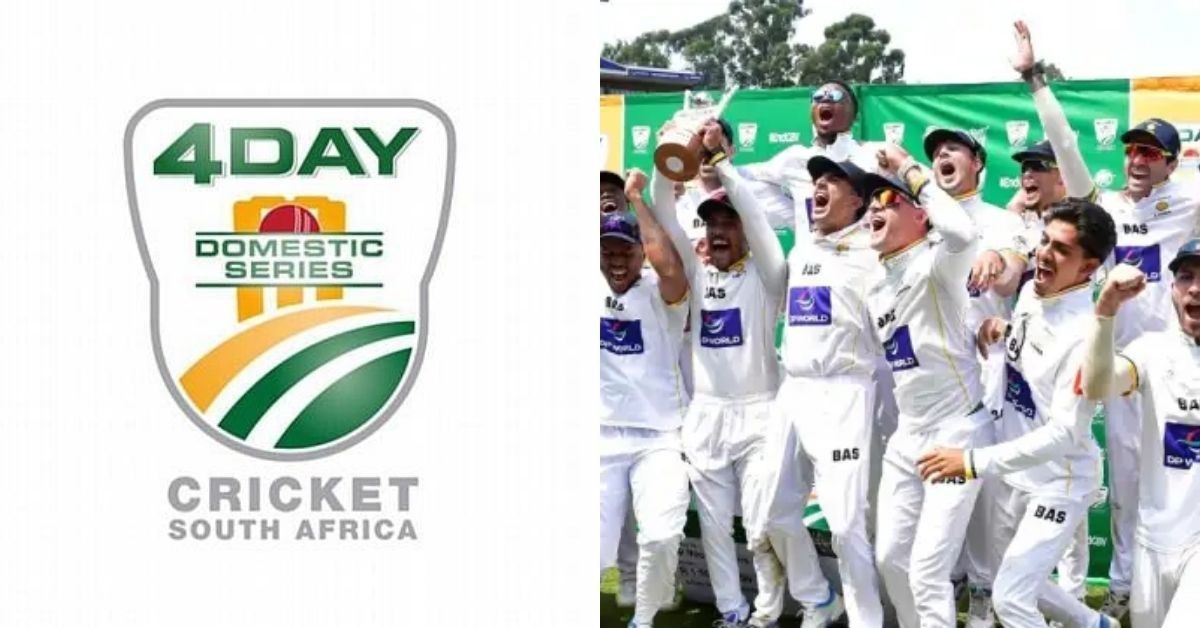
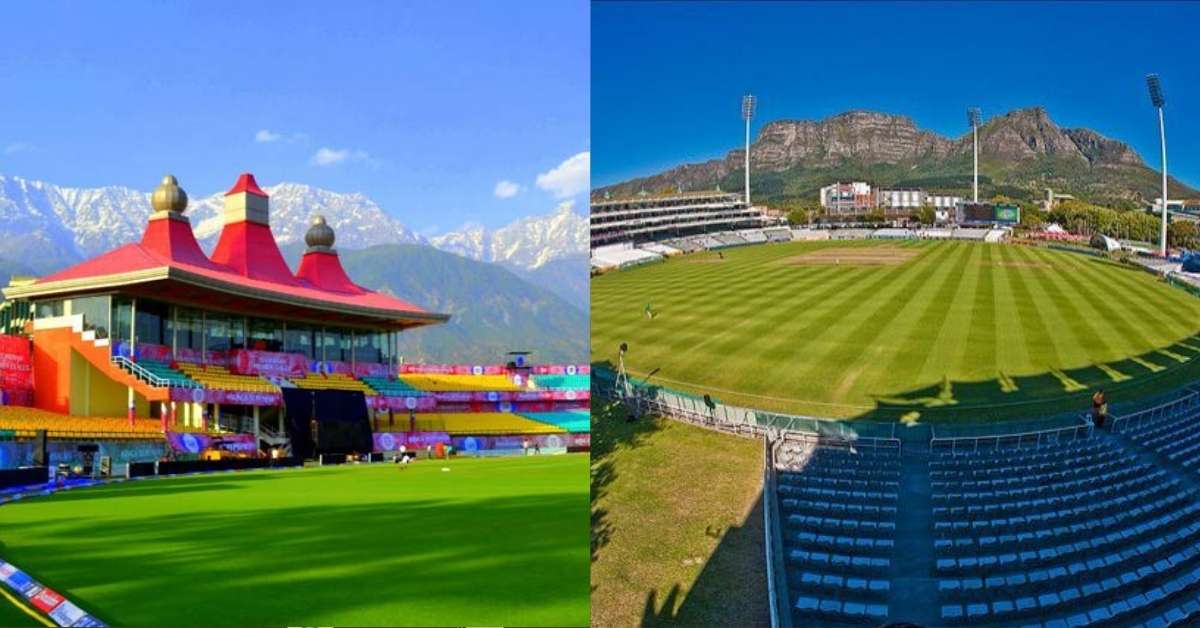
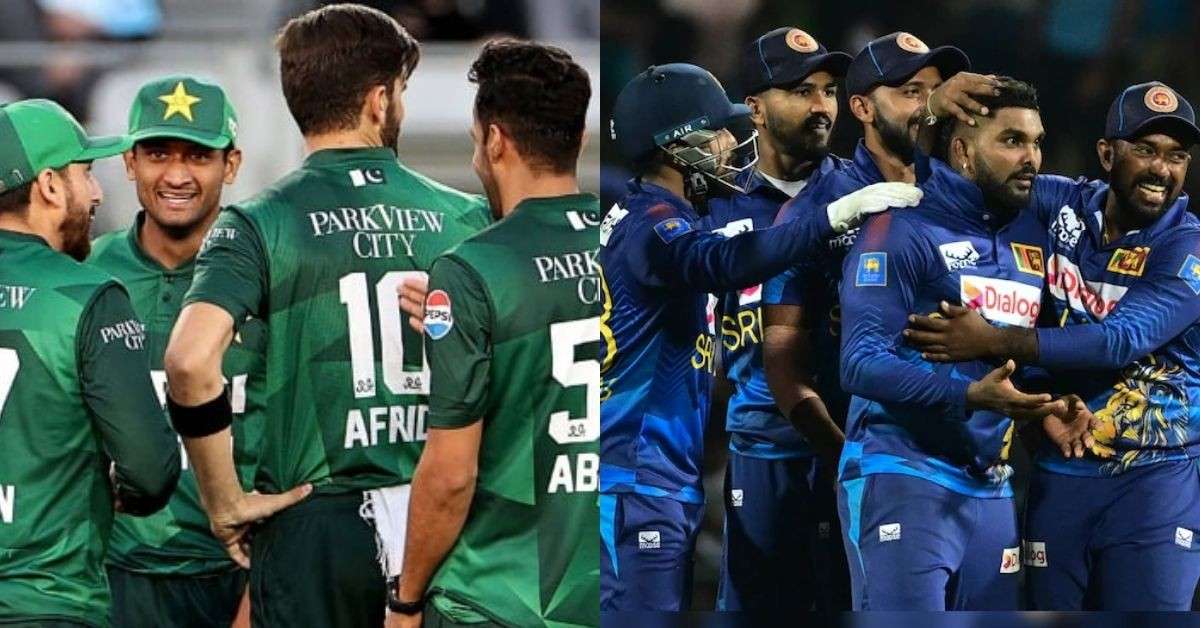
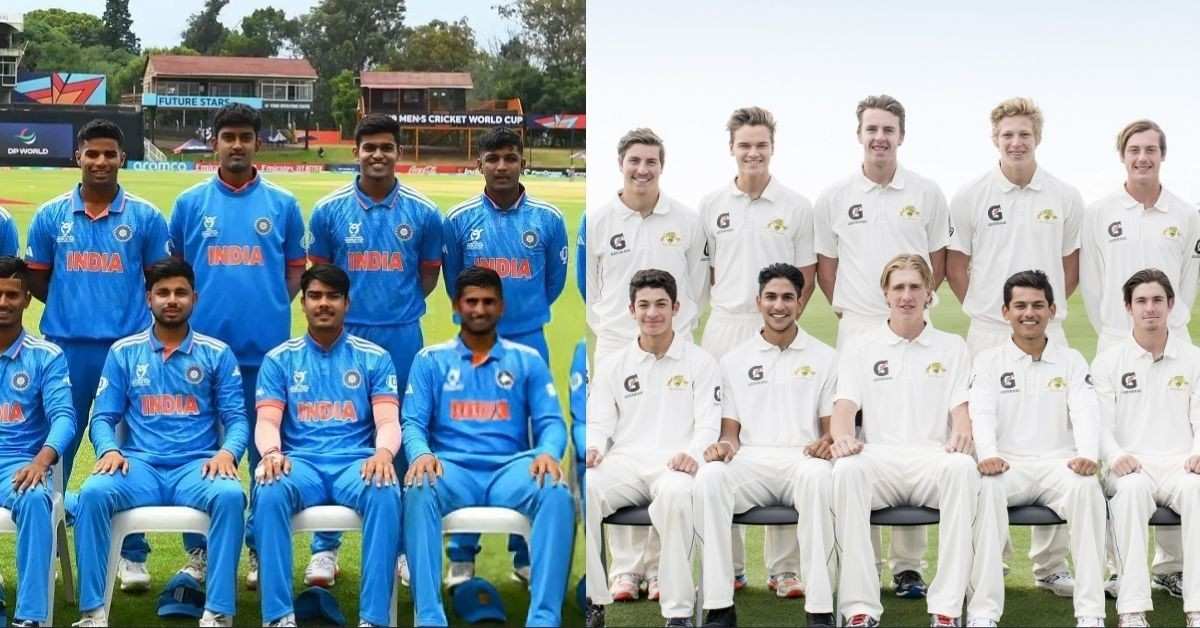

Leave a Comment